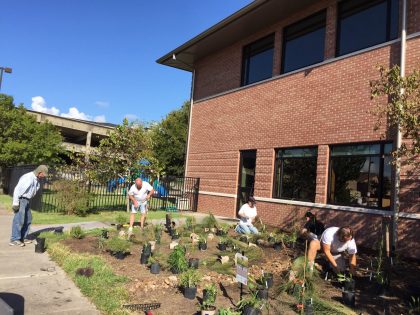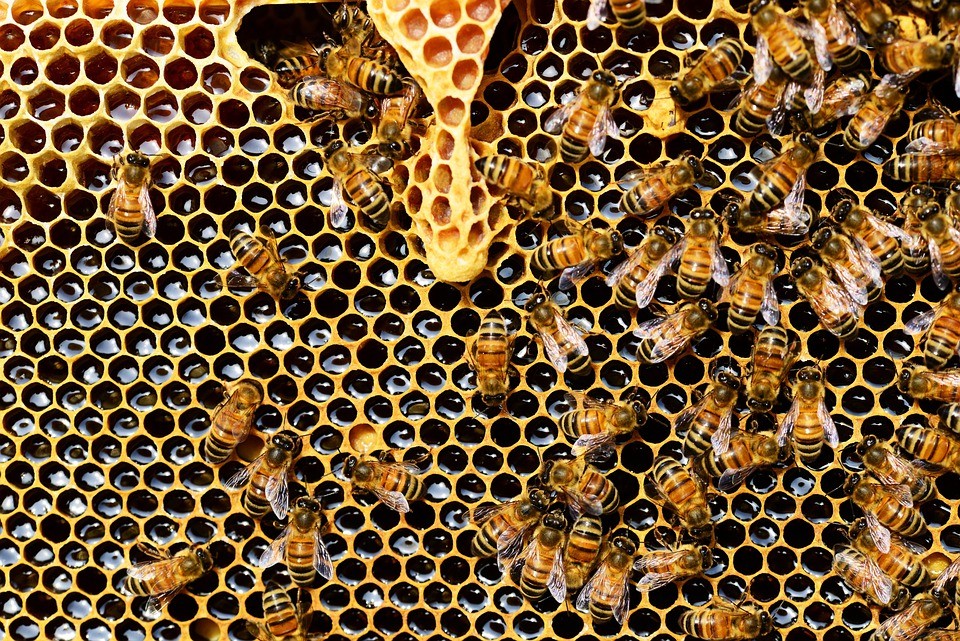Emersonians planting the pocket prairie
Have you seen it? Last month we began planting the Walden Pocket Prairie! And on October 16th our children scattered wildflower seeds. The list of plants is long: 5 important prairie grasses and more than a score of wildflowers planted either as plants or seed.
In an earlier blog I stated that prairies are valuable because they sequester carbon, nourish the soil and conserve water. So you might be asking, “Really? How do prairie plants do this? “
The answer lies below the soil. To survive in the open prairie plants have adapted by growing deep and extensive root systems.
Prairie grasses grow to depths of between 4 and 15 FEET – not like the grass growing in your lawn where the roots may be 3 to 4 inches deep. The roots can absorb water from deep in the soil and the path of their burrowing growth provides routes for the water to drip into the soil so that it does not run off.
Do you recall your basic botany lessons in school? Plants photosynthesize carbon dioxide, water and energy from the sun into
organic compounds. The compounds are stored as fiber and carbohydrates while oxygen is released into the air. Take a deep breath of air and contemplate our UU “respect for the interdependent web of existence of which we are a part.”
The long roots of prairie plants store the carbon and absorb water as part of this process. Over time as the roots die, to be replaced by new ones, carbon and other nutrients are returned to the soil.
Many scientists are currently studying restored prairies to determine how they affect carbon sequestration and water conservation. To learn more visit the Open Spaces blog from US Fish and Wildlife.
Mark, we missed you and your cowboy hat with your enthusiasm for sustaining our environment. We believe you would enjoy our prairie.
Carole Huelbig and Ann May







